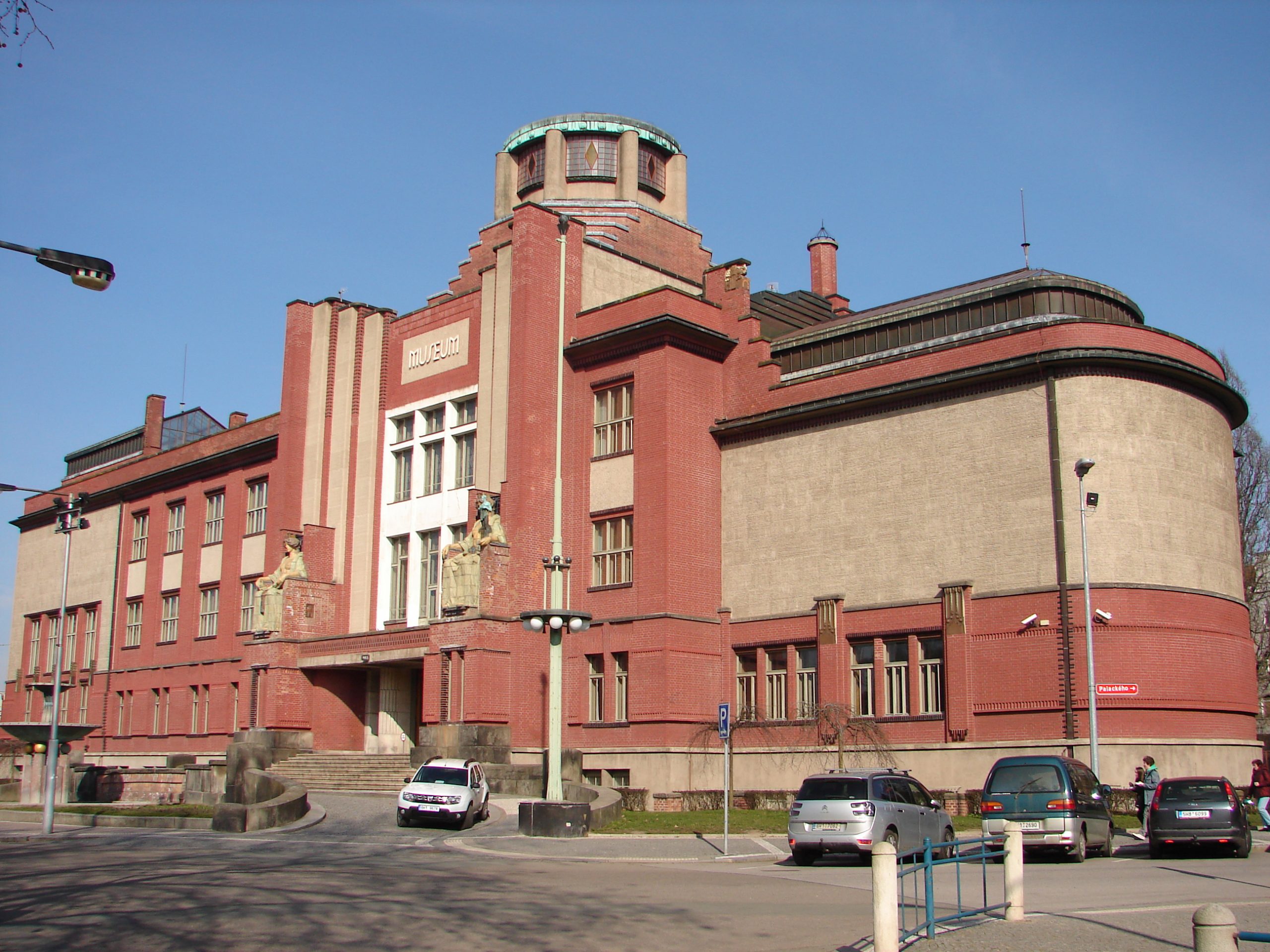Cooperation
As an independent research institute of the CTU, the Klokner Institute establishes cooperation with companies both in the Czech Republic and abroad. Such cooperation basically involves qualitative and quantitative research on the reliability of structures, monitoring of the behavior of buildings, and the associated processing of expert opinions on the safety of materials and structures.
FERONA HALLS IN PRAGUE HOLEŠOVICE
- Implementation: 2016
- Client: BUILDING, s.r.o.
The subject of the diagnostics was the hall of the shop and the hall of the main warehouse, focused in particular on the evaluation of the corrosion condition of the supporting steel structures of the halls, finding out their structural design, including finding out the shape of riveted cross-sections and dimensions of the rolled profiles used, the design of joints, contactors, chemical composition of steel, etc. The composition of the perimeter and roof cladding was also investigated. The corrosion condition of the structures was assessed, resulting in suggestions and recommendations for corrosion protection, including comments on the architect’s alternative designs.
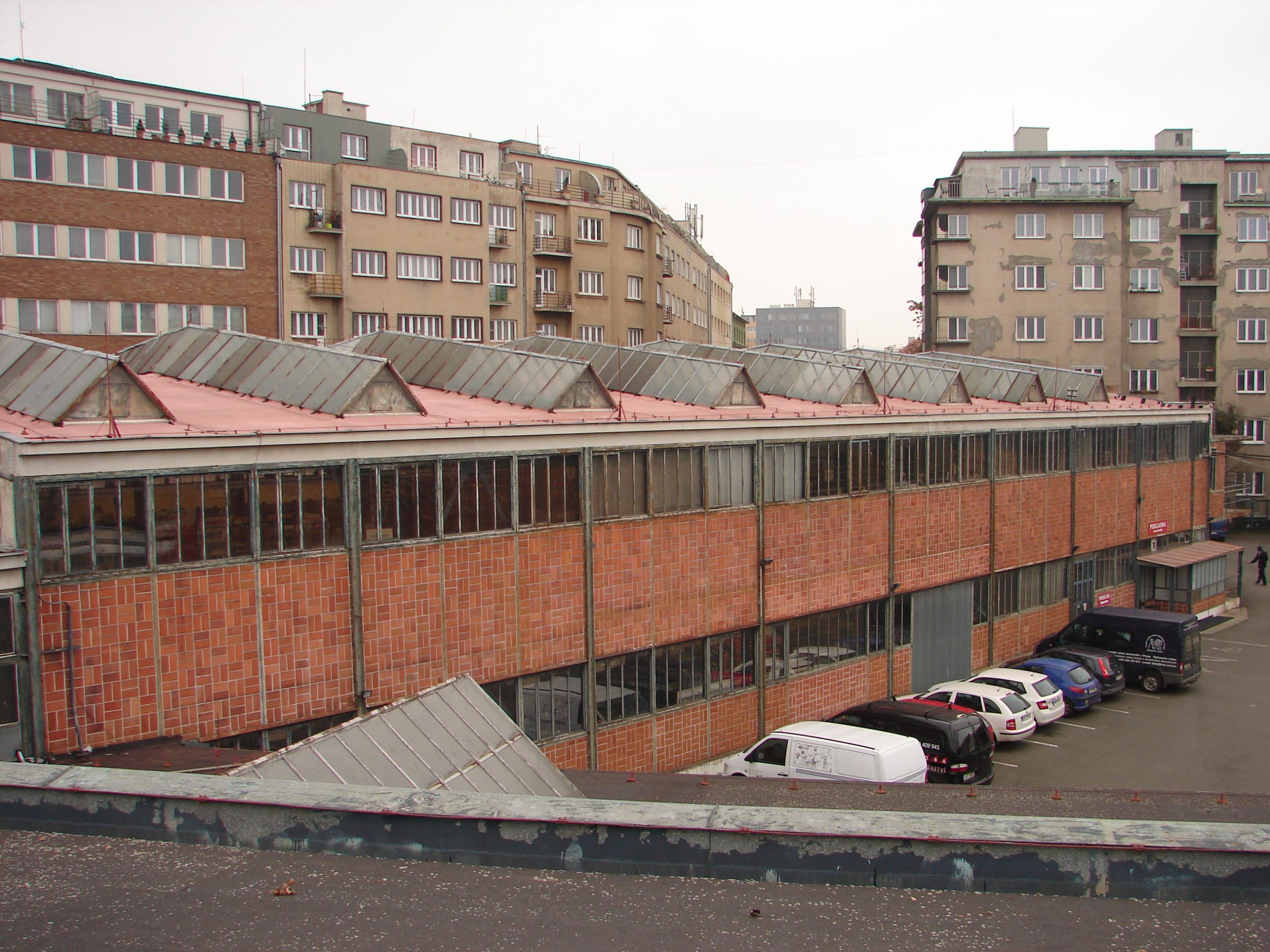
NATIONAL MUSEUM IN PRAGUE
- Implementation: 2016
- Client: METROSTAV, a.s.
As part of the reconstruction of the main building of the National Museum in Prague, a diagnosis of cast iron columns was carried out, the aim of which was to determine the shape of the cross-section of the column, to determine the type of cast iron used and to derive its strength characteristics on the basis of chemical and microscopic analysis. Furthermore, tests were carried out on steel taken from the construction of the glazed roof to determine the strength class of the steel and the modulus of elasticity.
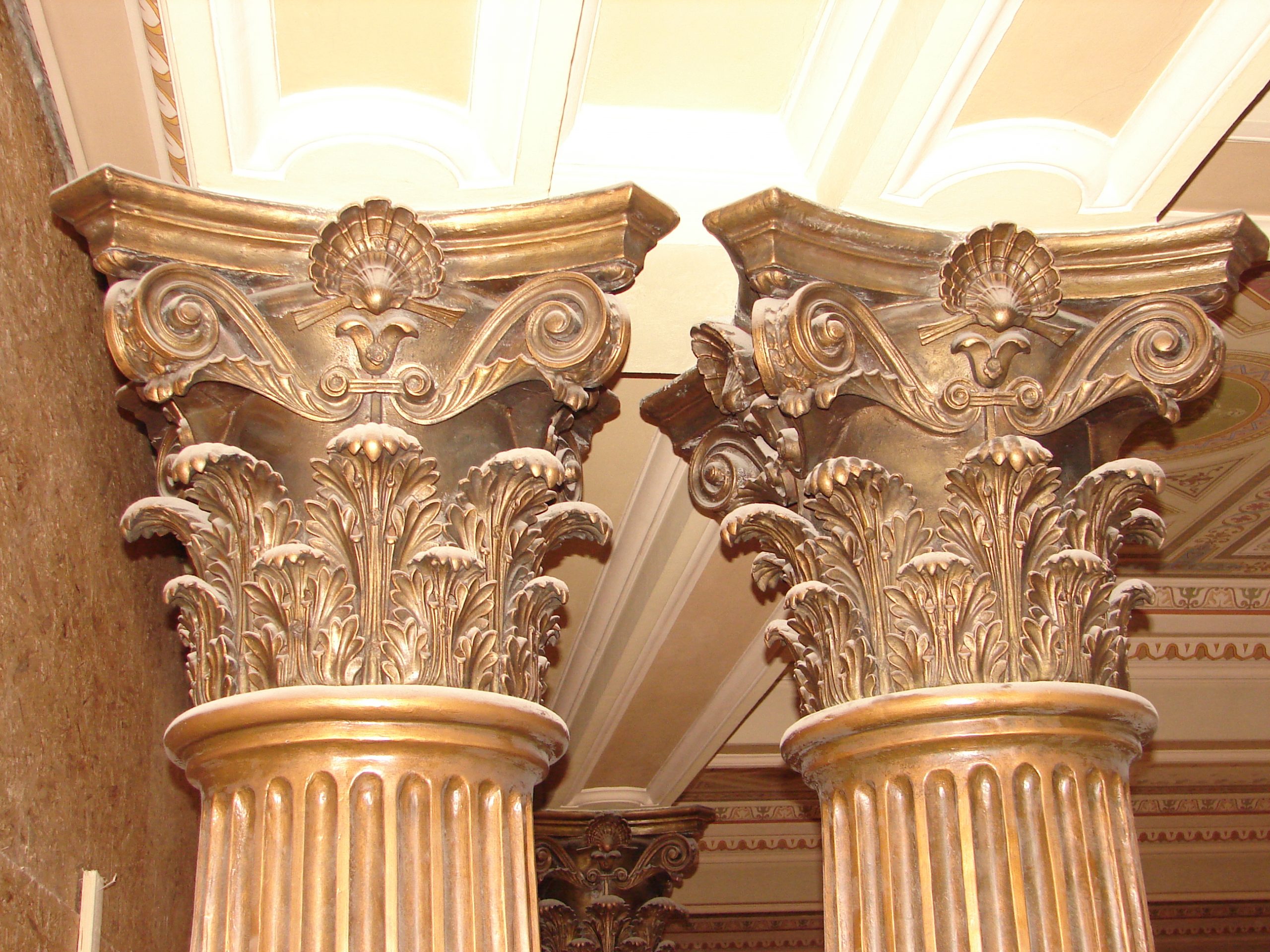
WATER TOWER IN KLADNO-ROZDĚLOV
- Implementation: 2016
- Client: D-Plus, projektová a inženýrská, a.s.
As part of the planned reconstruction of the water reservoir, which is no longer in operation, into a control centre for Veolia, a diagnosis of its supporting, 40 m high steel structure built in 1936 according to the project of Českomoravská Kolben-Daněk, a.s. was carried out. The load-bearing structure is made of rolled profiles and consists of eight columns which form a regular octagon in plan, which can be described by a circle with a diameter of 11.3 m. Between the columns there are vertical X-shaped cross bracings. The columns are bent twice at a height of 25 m, thus widening the ground plan and creating space for a riveted steel water tank with a capacity of 800 m3. As part of the diagnostics, the shape and dimensions of the structure’s elements, the design of the joints and contactors, the mechanical properties of the steel and its microscopic structure were determined and the overall condition of the structure was assessed from a corrosion point of view, resulting in suggestions and recommendations for the subsequent use of the water tank.
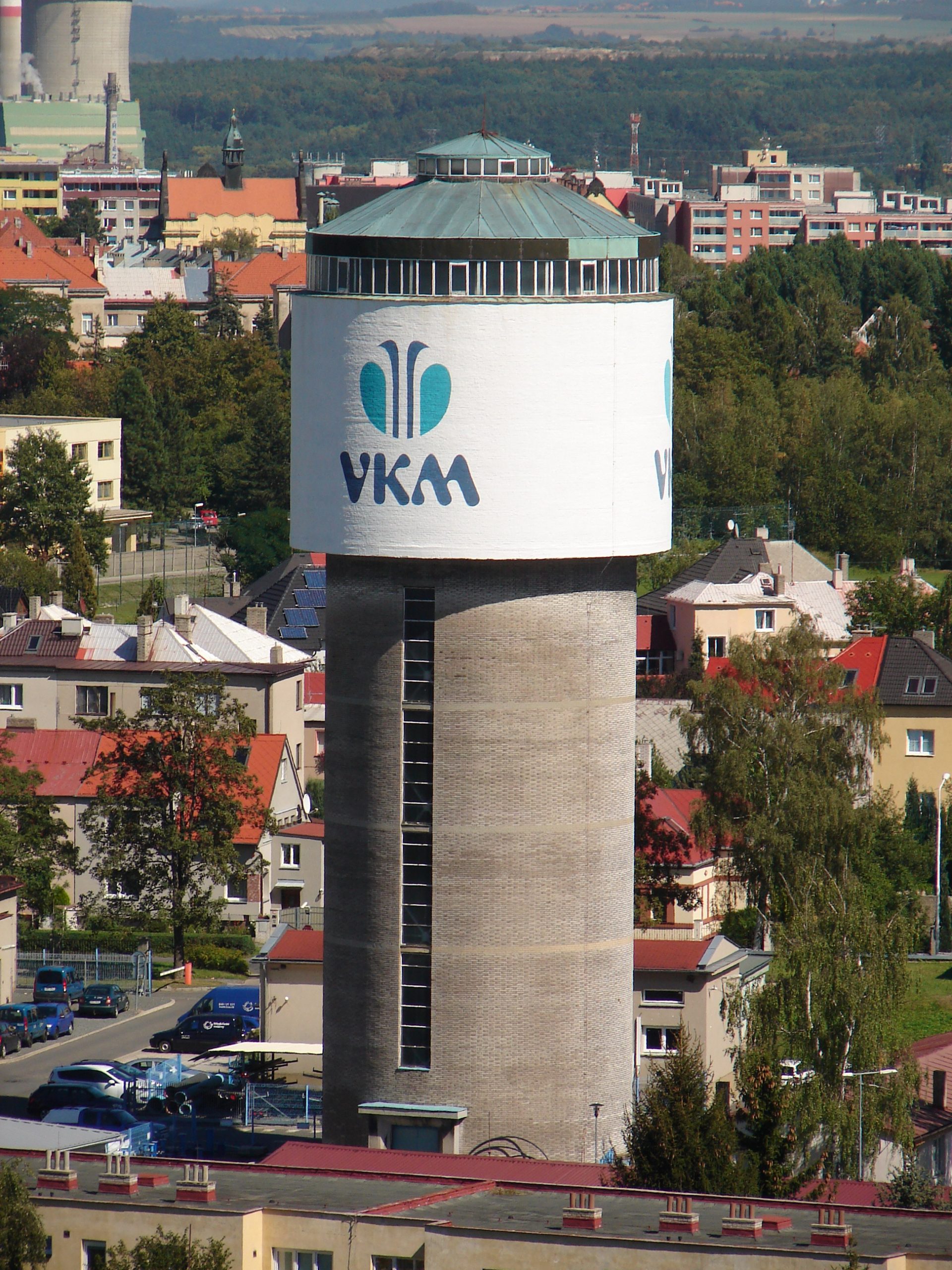
POŘÍČANY RAILWAY STATION, ROOFING OF PLATFORMS
- Implementation: 2016
- Client: SUDOP PRAHA, a.s.
As part of the project “Reconstruction of platforms and establishment of barrier-free access at Poříčany railway station”, diagnostics of steel structures of platform roofing was carried out. The aim was to assess their corrosion condition, to find out the method of anchoring the structures to the concrete foundations, including the shape of the foundation, the depth of the foundation and the strength of the concrete. In the case of the catenary columns and signals, the shape of the foundations and the depth of foundation were determined. To illustrate, in many cases the foundation joint was found to be approximately 2.5 m below the platform level.
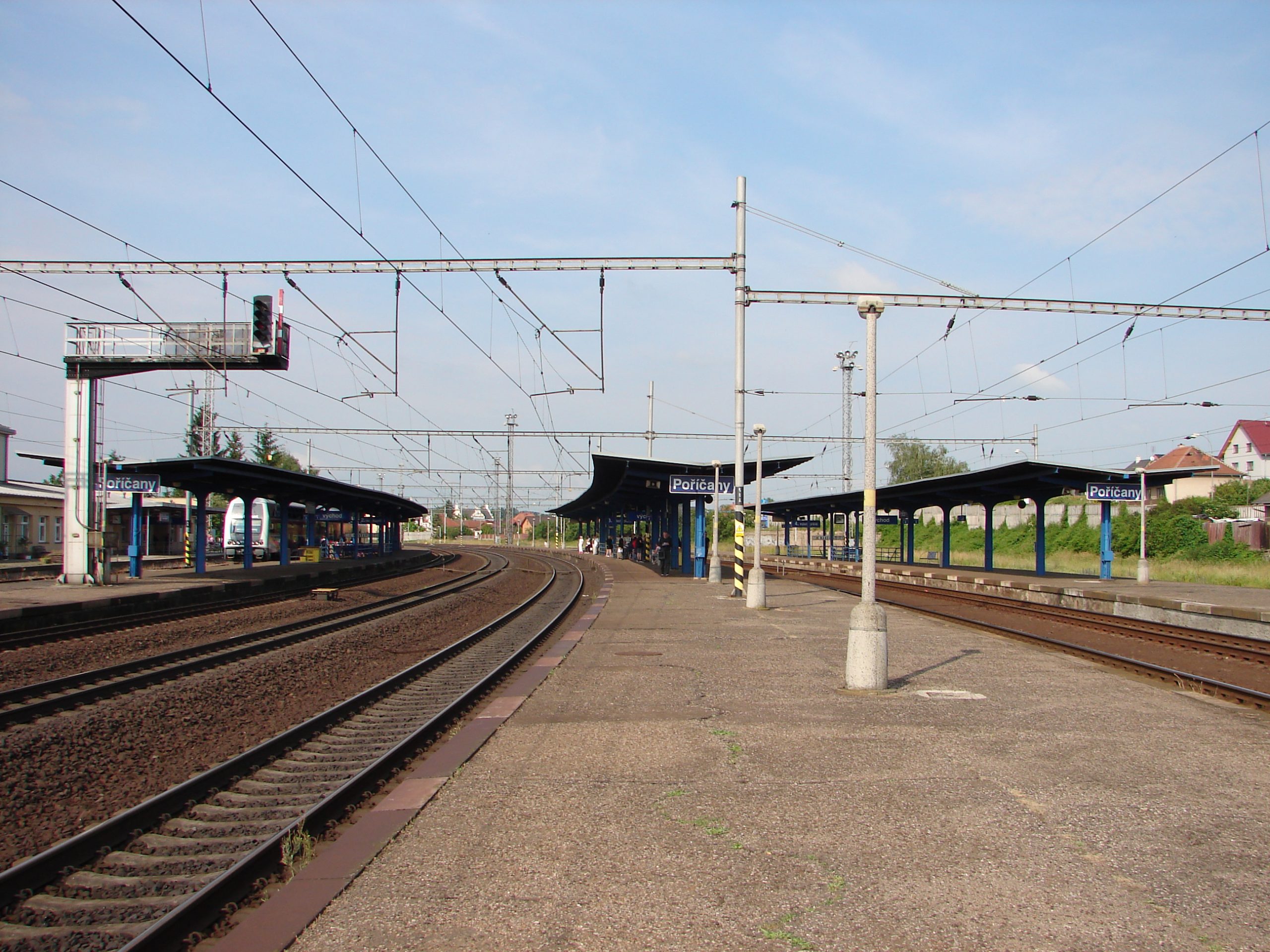
THE MUSEUM OF EASTERN BOHEMIA IN HRADEC KÁLOVÉ
- Implementation: 2016
- Client: Správa nemovitostí Hradec Králové
As part of the planned reconstruction of the museum building, built in 1909-13 according to the design of architect Jan Kotěra, an extensive structural and technical survey of the building and a speleological survey of the fortress channel were carried out. The aim of the work was to determine the structural and material design of the vertical and ceiling structures, to determine the composition of the roof cladding, to determine the strength of the brick and stone masonry, including a moisture survey of the masonry, to determine the structural design of the dome skylight, to determine the mechanical and physical properties of the building materials (brick, stone, paint, metal components, etc.) and to assess the condition of the wooden windows and other wooden structures. In addition, the foundation conditions of the fountain and the access road in front of the building were determined, including the method of foundation of the fountain and the retaining walls along the road, the mechanical and physical properties of the stone of the retaining walls and the fountain, and the technical condition of the technological part of the fountain was assessed. A speleological survey of the fortress canal (old sewer), which passes under the museum building, determined the relative elevation of the foundations of the building and the canal, as well as the elevation of other significant points of the building and other components, including the level of the Elbe River in close proximity to the museum building, and a diagnostic of the canal structure. Based on the results of the structural and technical survey and the evaluation of the observed condition of the diagnosed structures, an assessment of the building in terms of structural reliability was carried out and a design and repair plan was prepared, including a quantification of the expected financial costs.
